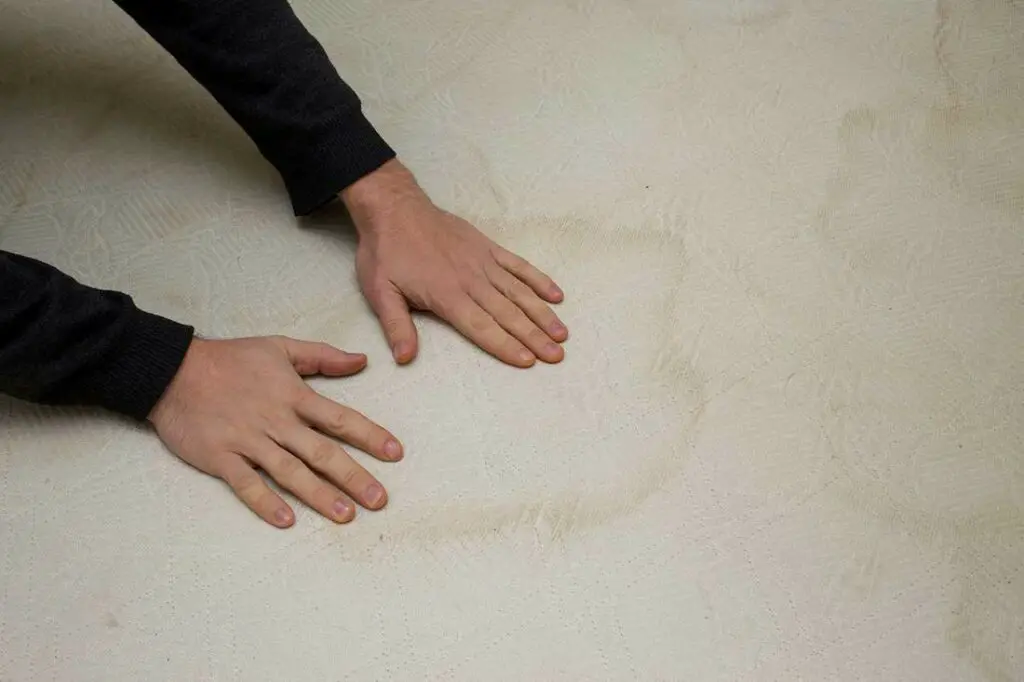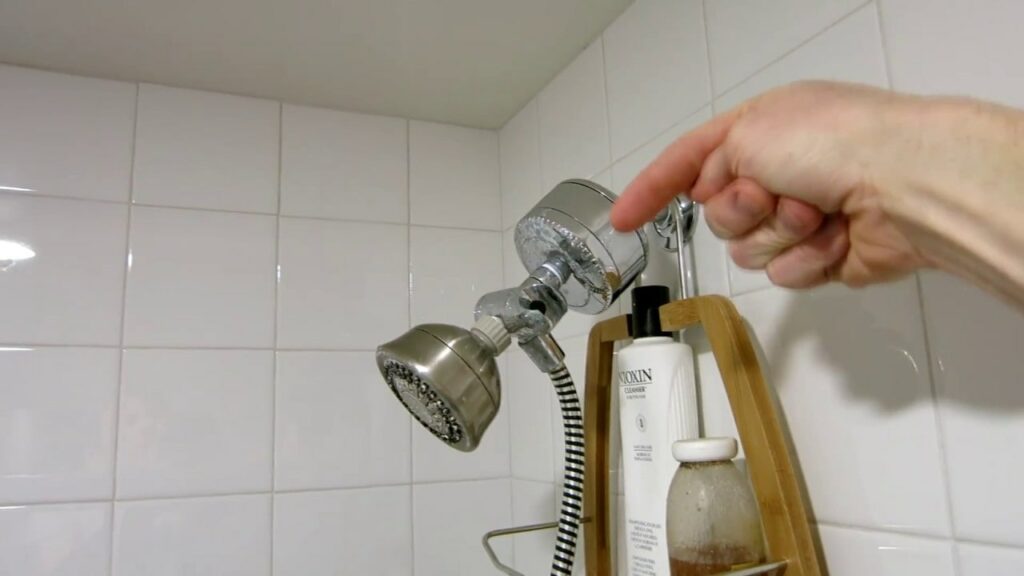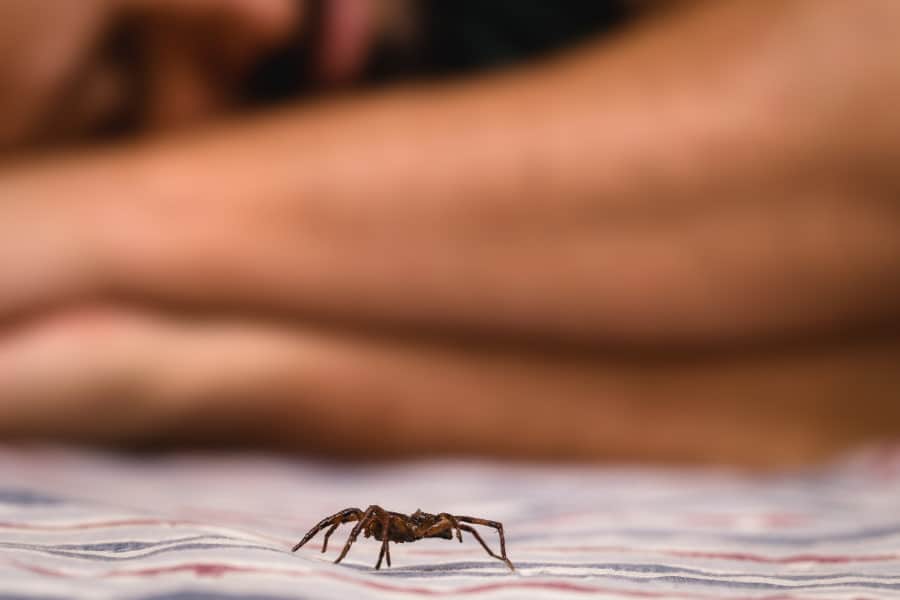Everybody loves to sleep peacefully on a fresh, comfortable mattress, but what if a lethal fungus grows on the mattress? Not only mold on mattresses is unpleasant, but it can also put your entire family’s health in danger.
Mold is brought on by humidity and excess moisture that can damage your mattress.
Additionally, if unattended, it might spread and gradually ruin your home and possessions.
Everything you need to know about mold on mattresses including the signs of mold, the factors that contribute to mold growth, and advice for getting rid of mold from a bed is covered in this article.
Mold Symptoms on Mattresses:
Mold is a fungus made up of tiny creatures that can be found anywhere.
Although mattress molds can have a variety of appearances, they typically show up as blotches of black, pink, or off-white color on your mattress.
The patches you can see are the fruiting bodies of the fungi, which are spores that the fungi need to reproduce are found.
Mycelium, the massive branching network of fungi that can occupy more space than the visible portion, lies beneath all of that.
In some cases, even though the mycelium has spread throughout the mattress, you won’t even notice you have a mold infestation because there aren’t any fruiting bodies yet.
In order to prevent a mold infestation on your mattress from getting out of hand, it’s crucial to recognize its early warning symptoms.
Here are some common warning indicators to mold on mattresses as follows:
Stinky Odor:

The smell is the easiest way to identify a mold infestation.
Before you ever see the mold, you’ll probably be able to smell it.
Mold has an overpowering musty smell that becomes worse with time.
Sometimes the aroma can start out mildly sweet, but over time it will turn filthy and repulsive.
There shouldn’t be much no smell coming from mattresses.
Therefore, you can have a mold infestation if your bed starts to smell bad.
Additionally, getting rid of this musty smell won’t be simple and clear for you.
If you spilled anything on your bed, you might be able to get rid of the scent by switching out the sheets or cleaning the stain.
However, if nothing you try seems to work and the unpleasant odor continues, there may be a serious mold infestation.
Mattress Discoloration & Stains:

After some time, as was previously said, you’ll be able to observe the mold’s fruiting bodies.
Mold may look like large, scaly, or discolored areas that develop over time but not all molds will be that distinctive shade of black.
Molds might be pink, off-white, green, purple, or orange, among other hues.
Therefore, you might have mold if the surface of your mattresses has spots or discolorations that are not immediately obvious.
Bugs on Your Mattress:

Did you know that in addition to being filthy on their own, molds also draw bugs? Among the insects attracted to the smell of mold are ants, gnats, and mites.
As they feed on the smaller creatures that scurry around under your mattress, you might eventually find spiders on your bed.
As a result, any rapid growth of bugs in your bedroom could be a sign that mold is present.
What Causes a Moldy Mattress?

Excessive moisture and high humidity are the main causes of moldy mattresses.
Furthermore, inadequate ventilation and little exposure to sunshine might make the issue worse.
The underside of a mattress is particularly prone to mold growth because it receives little light exposure and infrequent aeration.
For a number of different causes, a mattress may develop moisture. For instance, the issue typically develops when your bedroom has a leak.
Mold can start to form in your mattress in as little as three days if moisture gets in on a regular basis.
It’s critical to pay attention to spills and perspiration. If the mattress is not thoroughly cleaned and dried, moisture can accumulate and encourage the growth of mold colonies.
Mold infestations can be greatly influenced by where your mattress is located.
Your mattress is more susceptible to mold if you place it on the ground or next to it.
This is due to the fact that doing so prevents airflow from reaching the mattress’s bottom.
Last but not least, while mold can form on all beds, some varieties are more prone.
For instance, foam mattresses tend to absorb more moisture and take longer to fully dry, which favours the growth of mold.
How to Get Mold Out of a Mattresses?
1. Wear Safety Equipment and Help to Improve Air Quality:

Wear eye protection, a mask, and rubber gloves to lower your risk of developing an allergy to mold spores.
Do not neglect to wash your garments.
If at all possible, install an air filter in the space to assist trap airborne mold spores.
2. Take Out All Bedding:

Remove the mattress protector as well as all of the bedding, and wash it in the hottest water recommended for the material.
Add a disinfectant that is safe for fabric, like phenolic, pine oil, or chlorine bleach.
As the last step, dry the bedding at the highest temperature recommended for the fabric to ensure that all mold spores have been removed.
3. Vacuum the Mattress:

Utilize a powerful hand vacuum or a floor vacuum with a hose and upholstery brush.
Vacuum the whole surface of the mattress starting at one end, including any regions where mildew is not readily apparent.
Vacuum the sides of the mattress as well.
If you can, flip the mattress over, look for mold development on the other side, then vacuum once again.
Take the vacuum outside once you’ve finished vacuuming to lessen the possibility of spreading mold spores, and then put the disposable bag or dust bin into a garbage bag.
After sealing the waste bag tightly, put it in an outside trash can.
4. Mold Treatment:
A substance that kills spores must be used to clean the places where mold has grown.
The mattress should not be overly saturated with a moist solution because that could cause damage to it.
The cleaners will not get rid of any mold spores that are in the inner core of the mattress.
Mattresses surface mold should be removed using a 50:50 solution of isopropyl (rubbing) alcohol and water.
With a clean cloth dipped in the remedy, gently rub the moldy mattress surface in a circular manner.
When there is no longer any visible mold in the area, “rinse” it with a towel dipped in clean water.
5. Spray fabric with a sanitizer:

After cleaning and rinsing, spray the area with a fabric sanitizing spray, such as Fabric Antimicrobial, to prevent the growth of mold on soft surfaces for up to 14 days.
6. Dry Completely:

To hasten and complete the drying process, add a circulating fan or place the mattress in full sunlight.
Tips for Maintaining a Mold-Free Mattress:
- Spills and mishaps on a mattress must be cleaned up right away.
- Use a dehumidifier or air conditioning to lower the humidity in the house.
- Take off the covers periodically, especially in the summer, to let the mattress air out and dry.
- Regularly check the mattress platform for mold that could get on the mattress.
- If keeping a mattress is necessary, do so in a dry, climate-controlled space.
Also read: How to Break in a New Mattress?
FAQ- Mold on Mattresses:
Q1. Is Mold on a Mattress Dangerous (Can It Make You Sick)?
Mold can be harmful to your health if it grows on your mattress.
Breathing difficulties and wheezing are only a couple of the respiratory problems that might arise from being close to a moldy mattress.
Long-term exposure can also result in allergy-like symptoms such as runny nose, tiredness, and even asthma episodes.
Q2. How can you tell if your mattress has molded the best?
A pungent, musty smell is the common, early indications of mattress mold.
Your mattress serves as a magnet for insects and parasites.
Other portions of your bedroom have mold.
Q3. Can you still use a moldy mattress?
Sadly, there isn’t a reliable, complete way to get rid of it.
The standard error is removing the mold from the mattress’s surface and using it anyhow.
This error may increase exposure to mould toxicity and continued mold growth.
Also read: Where To Store Extra Mattress in One Bedroom Apartment?
Conclusion:
Your health is at risk if your mattress is moldy, therefore act right away if you discover mold on your mattress.
Otherwise, it can put your health in jeopardy and have detrimental long-term effects on your wellbeing.
Besides, there’s a danger that the mold will spread and devastate the entire house.
After reading this post, you’ll be able to recognize mold symptoms and even stop mold from ever developing on your mattress.
Call a specialist or even get a new mattress if the mold infestation is serious.









